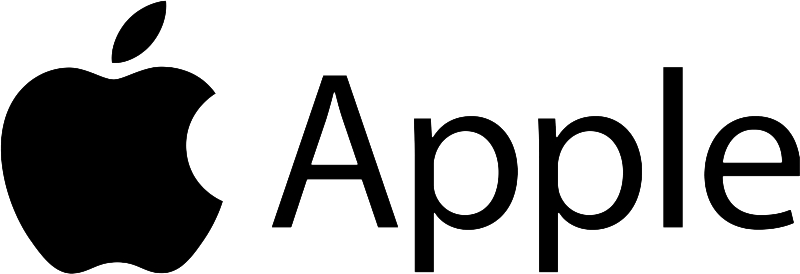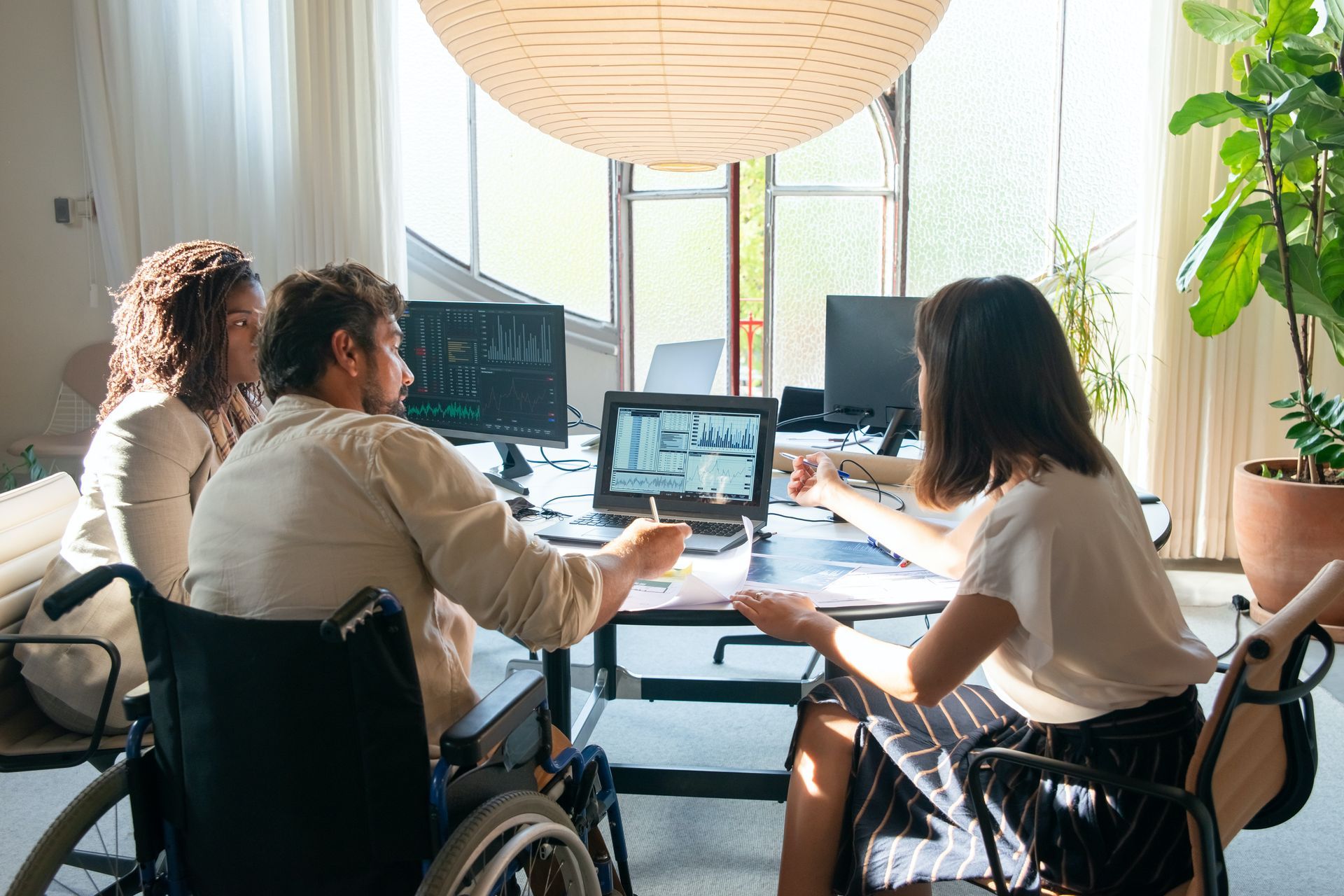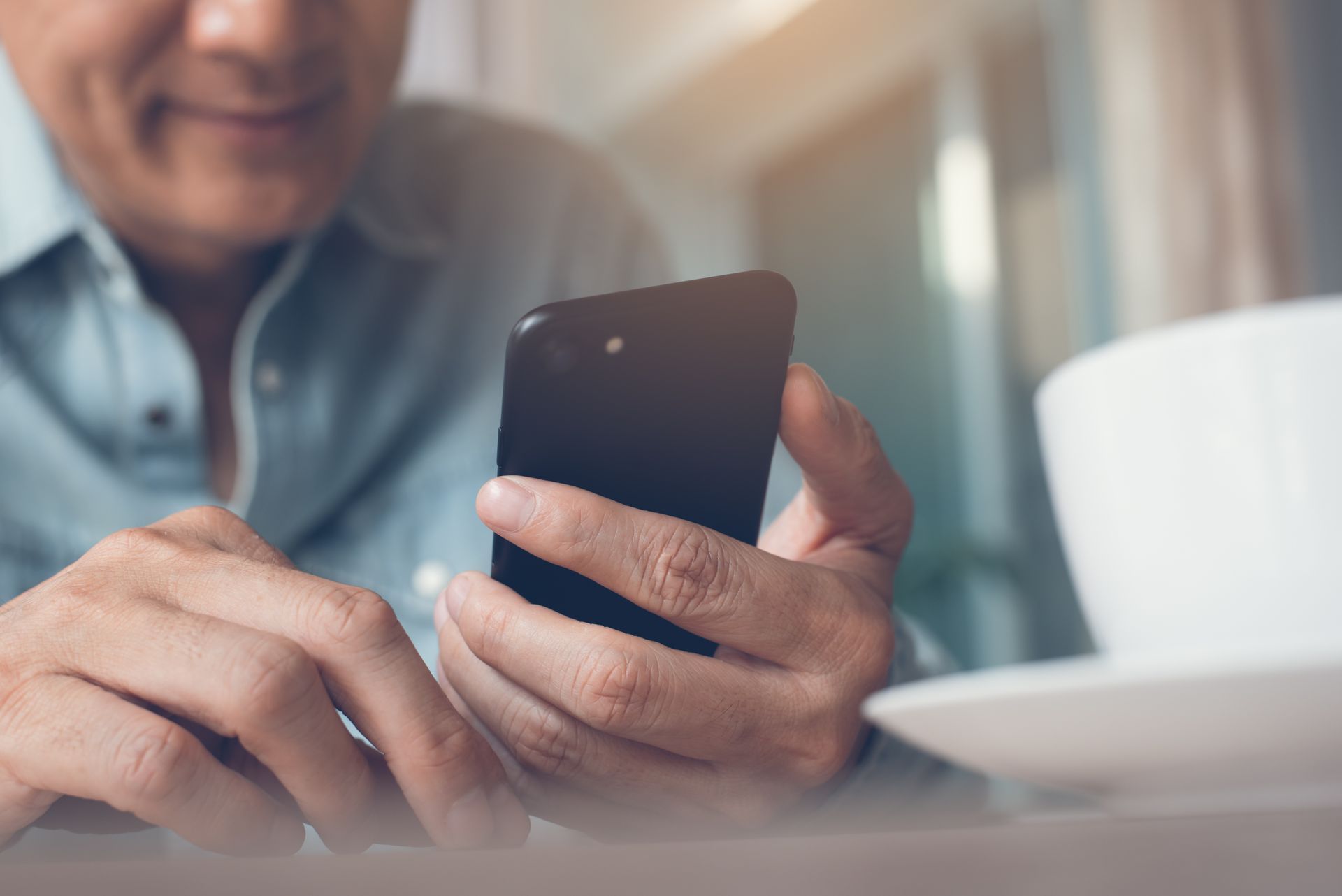Apple's Accessibility Features: A Leap Towards Inclusion
Apple's new iPhone features could revolutionise accessibility for millions. I explore the broader impact on inclusivity and business.
Philip Francis Anderson, Activist and Podcast Host, campaigning for change.

In a world where technology is often the great equaliser, Apple's latest iPhone update is a noteworthy stride towards inclusivity. When Apple unveiled its newest iPhone software, iOS 18, on Monday 10 June, it wasn't just the much-anticipated AI enhancements that caught my eye. Among the slew of updates were several features designed specifically for people with physical, hearing, and speech disabilities. These innovations, although not given the same spotlight as AI, represent a significant leap in making technology more accessible.
For years, Apple has been a leader in integrating accessibility into its devices, setting a high bar for inclusive technology. The newest features in iOS 18, such as Eye Tracking, Vocal Shortcuts, and Music Haptics, continue this tradition, demonstrating that the company is deeply committed to enhancing how people with disabilities interact with their devices.
New Features, New Possibilities
One of the standout features, Eye Tracking, promises to allow users to control their iPhones simply by moving their eyes. This could be a game-changer for individuals with physical disabilities, offering a new level of autonomy in how they use their devices. Imagine being able to navigate your phone's interface just by looking at the screen—no touch required. It's a technology that could bring unprecedented ease of use to many, whether for work, communication, or entertainment.
Vocal Shortcuts is another remarkable addition, tailored for those with severe speech impairments. This feature allows users to record specific sounds that trigger actions on their iPhone. For someone whose speech abilities are limited, this could mean a more efficient and personalised way to interact with their phone, opening up new avenues for communication and control that were previously challenging or impossible.
The
Music Haptics feature, while perhaps the most playful of the trio, serves a vital purpose for individuals who are deaf or hard of hearing. By using sophisticated vibrations to convey the rhythm of music, it ensures that the joy of music can be felt as well as heard. This could transform the musical experience for many, making it more inclusive and enjoyable.
A Broader Impact
The introduction of these features underscores a broader trend: tech companies can and should prioritise inclusion. As the digital landscape becomes ever more integral to our daily lives, ensuring that everyone has the tools to participate fully is not just a matter of ethics but also good business sense. Data consistently show that inclusive workplaces are not only fairer but also more profitable. A study by Accenture found that companies excelling in disability inclusion saw a staggering 160% increase in revenues over five years compared to those that did not.
Given that businesses in the UK are legally obligated to accommodate employees with disabilities under the Equality Act, the enhancements in Apple's iPhone are more than just consumer-friendly—they could be a boon for employers looking to build more diverse and inclusive teams. By leveraging these new features, businesses can better support employees with disabilities, potentially tapping into a wealth of untapped talent and fostering a more inclusive workplace culture.

Looking Ahead
As we navigate the evolving job market, it’s crucial for companies to embrace these technological advancements. Overlooking potential hires with disabilities not only deprives businesses of valuable talent but also misses out on the competitive edge that diversity can bring. Apple's continued focus on accessibility reminds us that technology can be a powerful tool for creating a more inclusive society. It's a call to action for all of us to support and champion these innovations, recognising the profound impact they can have on individuals and businesses alike.
In the grand scheme, Apple’s latest updates are more than just new features—they’re a step towards a future where technology serves everyone, equitably and effectively. As an activist and podcast host, I am excited to see how these changes will unfold. In fact, I shall be discussing their impact and the broader context of digital empowerment with Ella Sarah Myerscough, an economic student at Lancaster University, on an upcoming episode of the Talking Point Podcast. In the meantime, let’s continue to advocate for technology that bridges gaps and creates opportunities for all.


Comments Welcome!
To leave a general comment, feedback about a post, or even recommendations for a topic to cover, please just fill out this form. For those who would prefer to send their comment in using audio, there is the additional option to upload an audio file.
Contact Us
In line with GDPR, only complete this form if you are happy for me to use your answers for the purposes of processing of your request and in all
corresponding communications thereafter. Read my Privacy Policy for more information on how I manage your personal data. This contact form is also protected by reCAPTCHA, a Google system. Google's Privacy Policy and Terms of Service apply and are available to read when using the reCAPTCHA tool.


